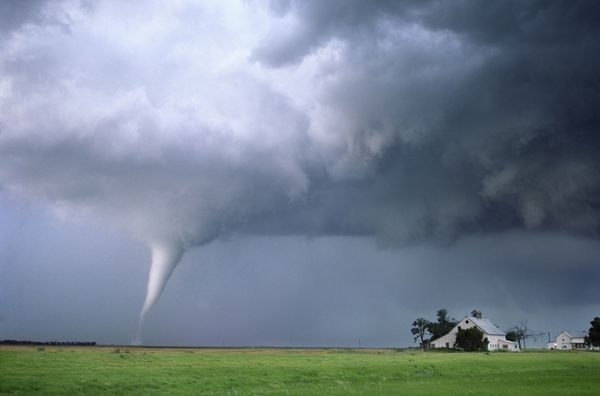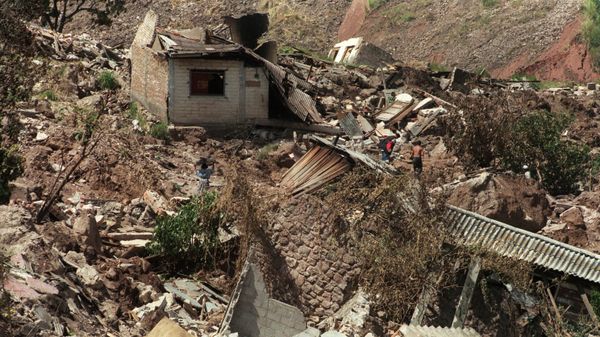Key Takeaways
- The "calm before the storm" can occur under certain conditions, but it's not a guarantee for every storm.
- This calm happens when warm, moist air that fuels the storm is pulled in, creating a low-pressure area and stabilizing the surrounding air with warm, dry air that descends from the storm.
- However, larger and more complex storm systems may not exhibit this calm, and predicting whether a calm will occur remains a challenge.
Have you ever spent an afternoon in the backyard, maybe grilling or enjoying a game of croquet, when suddenly you notice that everything goes quiet? The air seems still and calm -- even the birds stop singing and quickly return to their nests.
After a few minutes, you feel a change in the air, and suddenly a line of clouds ominously appears on the horizon -- clouds with a look that tells you they aren't fooling around. You quickly dash in the house and narrowly miss the first fat raindrops that fall right before the downpour. At this moment, you might stop and ask yourself, "Why was it so calm and peaceful right before the storm hit?"
Advertisement
It's an intriguing phenomenon that people have recognized for centuries, but what on Earth causes this calm? And why do whip-like winds, dropping temperatures and rumbling thunder sometimes precede storms instead of a peculiar and eerie calm?
Do you want a hint at what might be at the root of this old sailors' adage? Think of all the different types of storms you've seen -- one variety of storm can have a different effect on the atmosphere than another. There are brief thunderstorms that rattle through like a couple of rowdy frames at the bowling alley, and there are long, tumultuous downpours that drown the streets. And then there are the strongest of all, like massive, violent hurricanes or spinning, furious tornadoes. All these different manifestations of intense weather happen because the interactions in the atmosphere can unfold in a variety of different ways, to vastly different effects.
So, if the weather is calm and fair for your backyard barbeque, does that mean you should make backup plans indoors? Read on to the next page for the answer.
Advertisement


